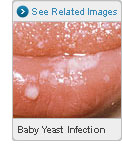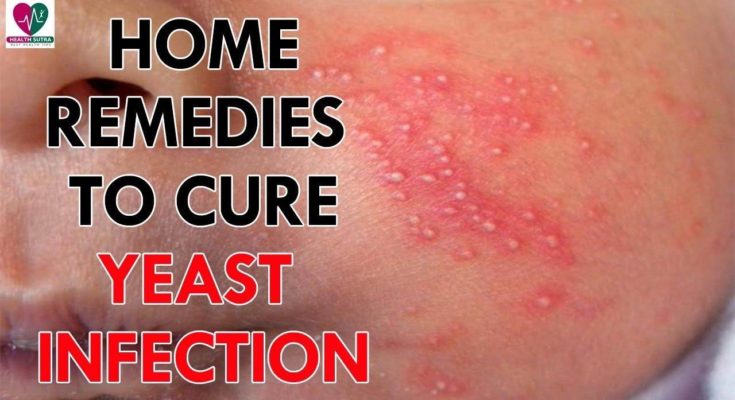Yeast Infection in Baby

Contents:
- Yeast Infection Types and Treatment
- Types of Yeast Infection
- What is the Danger of the Fungal Infection?
- Yeast Infection in Babies: How to Identify?
- How to Treat Yeast infection?
Yeast Infection Types and Treatment
Yeast infection in babies can happen as early as childbirth. Every parent has had to deal with such a common problem like a diaper rash, but not everyone knows that it is, in fact, a Candida yeast infection. Candidiasis is the most common yeast infection in babies.
Types of Yeast Infection
- Saprophytic fungi, a Candida yeast fungus: 90 % of cases is caused by this yeast fungus;
- Parasitic fungi: a Cryptococcus in case of otitis, or Staphylococcus in any type of a staph infection;
- Dermatophytes: Ringworm and Microsporum are two rare fungal infections of this type.
A fungus is a potentially pathogenic micro flora that is present in every human being, including babies. When placed into certain conditions the fungi start multiply quickly and cause infection.
Favorable conditions are:
- Weakened barrier functions of the immune system (a flu, cold etc.);
- Weakened skin and mucous membrane barrier functions;
- Antibacterial therapy;
- Antibiotics treatment.
What is the Danger of the Fungal Infection?

Saprophytes, or Candida fungi, are the most common yeast infection. They multiply rapidly when the barrier functions of a body are weakened. They pass through mucous membranes and skin. In some cases, the fungi get into the blood and cause severe inflammations.
Dermatophytes most often cause Ringworm, a very unpleasant and easily spread disease. A patient needs to be quarantined. Ringworm usually attacks mucous membranes and skin, with internal organs affected in some serious cases.
Parasitic fungi can trigger very serious diseases such as:
- Otitis, or mycosis, it’s when the fungi attack the eardrum;
- Sinusitis, or a paranasal sinus mycosis;
- Bronchitis;
- Pneumonia.
Parasitic fungi can cause allergies (with all the complications) and bronchial asthma. When inhaled, the spores land on the mucous membranes and stay there. The spores will start multiplying only when the environment becomes positive for them, e.g. stress, sickness etc.
Yeast Infection in Babies: How to Identify?
- Diaper rash, or candidiasis can occur at any age, including newborns. The symptoms include red patches with scaly edges inside the affected area of the skin. It’s usually located in areas where the skin folds, like underarms, crotch, neck, or between the fingers;
- Oral thrush, or candidiasis of the mouth has the following symptoms: white patches in the mouth that are caused by the antibiotics (don’t confuse with milk residue);
- Genital candidiasis has very pronounced symptoms such as itching, burning of mucous membranes of the genitalia (in both boys and girls), discharge, inflammation and swelling due to the constant itchiness. The main causing factors are hormonal therapy and antibiotic treatment.
How to Treat Yeast infection?
Candidiasis treatment includes frequent diaper change and air exposure of the affected areas – air baths. The skin needs to be completely dry and treated with baby powder (starch). The topical treatment (anti-fungal cream) is usually combined with hormonal therapy to reduce the allergic reactions.
Thrush is treated with 1 % hydrogen peroxide and hexetidine. In cases of inflammation, a topical treatment, such as anti-fungal suppositories or miconazole ointment, is used. Older children are usually treated with an oral medication (fluconazole).